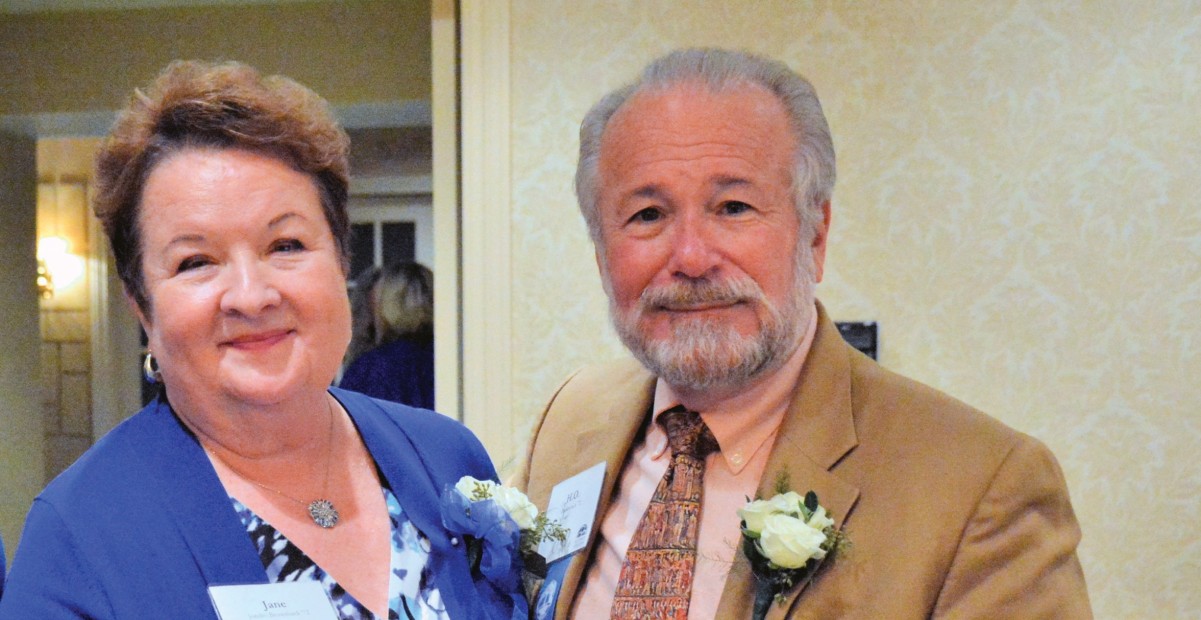Maximizing charitable deductions under the new tax act

Suddenly, familiar deductions and charitable giving required more thought. I found a way around this — a solution that achieves the benefits of the TCJA and yet preserves deductible charitable giving. It’s called a Donor Advised Fund. But first, some background.
Prior to the TCJA, standard deductions were modest. Like many of you, my spouse and I well exceeded the standard, itemized deductions, and received lower taxes on our adjusted income. The TCJA vastly increased this standard deduction. Now, the individual deduction is set at $12,000 and that for married couples filing jointly at $24,000. Plus, some deductions were eliminated and caps were set on the deductibility of state and local taxes. Last year, even with generous charitable giving, I was close to the point where it was not worthwhile to itemize.
My solution was a Donor Advised Fund. The fund allowed me to make a large deductible donation in 2018, and then take the standard deduction in 2019. This donation to the fund is distributed in varying amounts, upon my request, to tax-qualified organizations such as Illinois College, over the next two or more years. The net effect is the best of both worlds: I concentrated charitable donations in a single tax year, itemized deductions for 2018, and will take the standard deduction for 2019. For example, you could donate $50,000 to the donor fund for 2019 and deduct the full value for that tax year. Then, direct the fund to distribute donations over the next few years while enjoying the full standard deduction for tax year 2020 and beyond.
Getting set up with a Donor Advised Fund was not difficult. Most major securities firms such as Charles Schwab, Fidelity, Vanguard and T. Rowe Price have these; fees vary. Although I had a securities broker who helped, an online search will quickly reveal lots of information and plenty of choices. To determine if a donor advised fund was right for me, I reviewed several years of tax returns to identify amounts and patterns of giving. This established a baseline for a giving strategy. Then, I tried to project my giving for the next few years, taking into account IC’s current Campaign. I also asked my accountant to quantify the tax benefits that would accrue.
If you do establish a donor advised fund, here are two suggestions to maximize tax benefits, use appreciated assets to capitalize your fund. I transferred stock acquired in 2005 that had more than tripled in value. The tax deduction was based on current value, and I avoided the capital gains that would occur in an outright sale. I also looked for other tax deductions that I could concentrate in 2018. In example, I prepaid personal property taxes to hit the cap that now applies under the TCJA.
A final note: once you establish a donor advised fund you will need to direct what happens to that fund when you pass. I directed that the balance be distributed to Illinois College — and advised the College that there were new members in the Sturtevant Society!
Brownback is vice president emeritus for Southwestern Illinois College. He currently serves as a senior peer review team chair for the Higher Learning Commission and as vice chair and corporate secretary for West Central Bank and its subsidiaries. This article is not meant as a replacement for working with a professional financial advisor. Always contact your financial adviser to understand your personal tax benefits.


